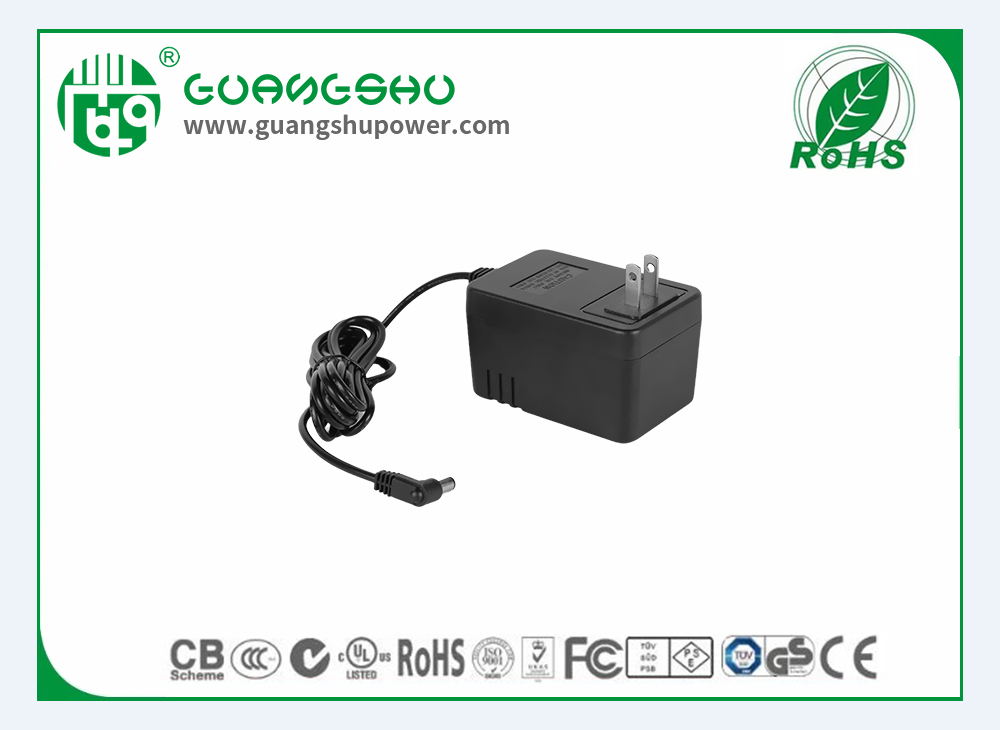Time:2024-10-09 Views:0

Accurate detection of power adapter problems is essential for ensuring the proper functioning of devices and preventing potential damage.
1. Visual Inspection
Visual inspection is the first step in power adapter detection. Examine the adapter's exterior for any signs of physical damage. Look for frayed or broken cables, cracks in the casing, or signs of overheating such as discoloration. For example, if the cable has exposed wires, it is a clear indication of a potential short - circuit risk. The condition of the connector is also important. Check if the pins are bent or corroded. A bent pin may prevent a proper connection, while corrosion can affect the electrical conductivity.
2. Voltage and Current Measurement
Measuring the voltage and current output of the power adapter is a crucial detection method. Using a multimeter, first set it to the appropriate voltage range (usually DC voltage for power adapters). Connect the multimeter probes to the adapter's output terminals and measure the voltage. Compare this measured value with the rated voltage of the adapter. If there is a significant deviation, it may indicate a problem with the adapter's internal components. To measure the current, a more complex setup may be required, often involving a load resistor. By measuring the current, it can be determined if the adapter is supplying the correct amount of power as per its specification.
3. Load Testing
Load testing is another effective way to detect power adapter problems. This involves connecting the adapter to a known load, such as a resistive load with a specific power rating. By observing the adapter's performance under load, several issues can be identified. For example, if the adapter's output voltage drops significantly under load, it may indicate a problem with the adapter's power regulation or a weak internal component. Additionally, if the adapter overheats during load testing, it could be a sign of inefficient heat dissipation or a faulty component.
4. Functional Testing with the Device
The most practical method of power adapter detection is functional testing with the device it is intended to power. Connect the adapter to the device and check if the device functions properly. If the device fails to power on, shows erratic behavior, or has charging issues, it may be an indication of a problem with the adapter. However, it is important to rule out other possible causes such as a faulty device battery or internal circuit problems in the device itself. This can be done by using a known - good adapter to test the device.
Read recommendations:
12-36W POE Power Adaptor Series
40W Universal Switching power supply